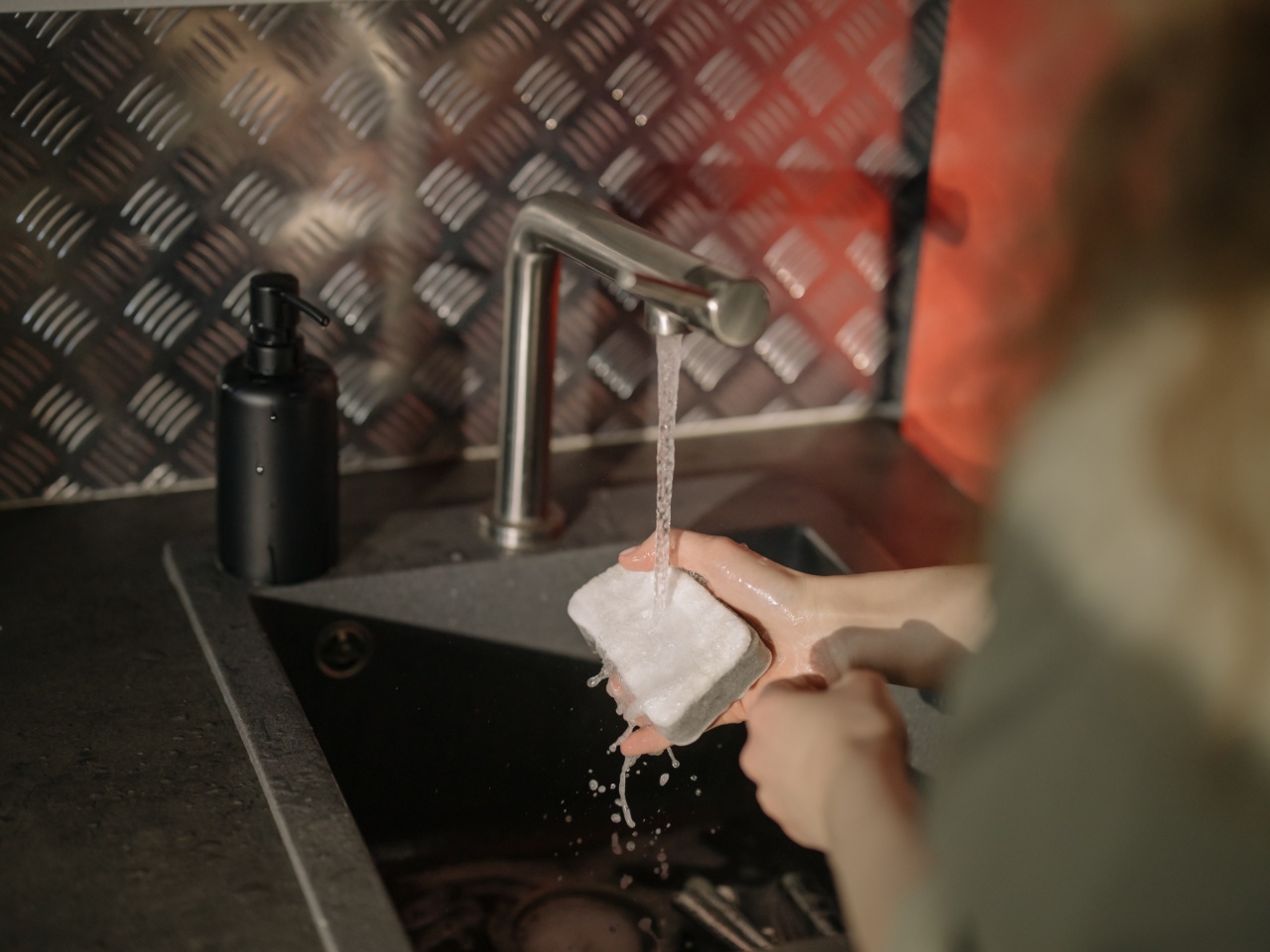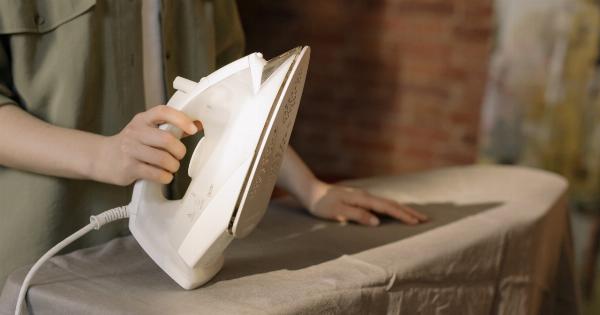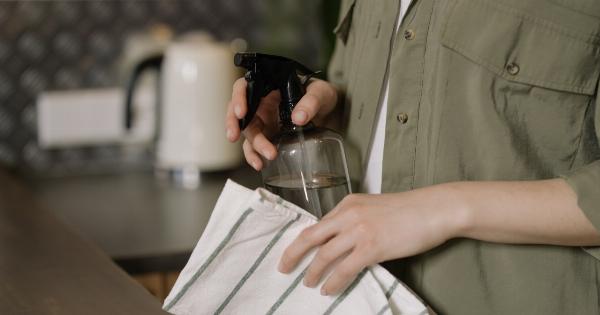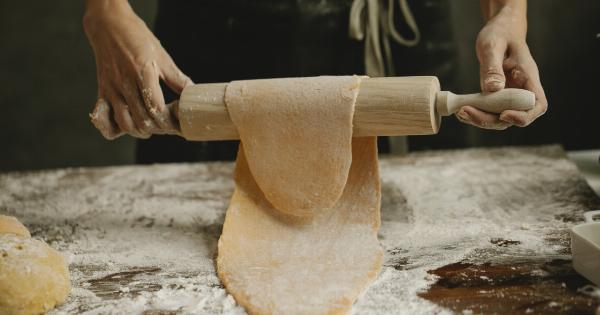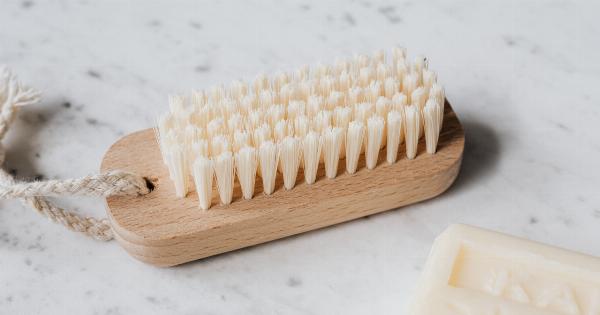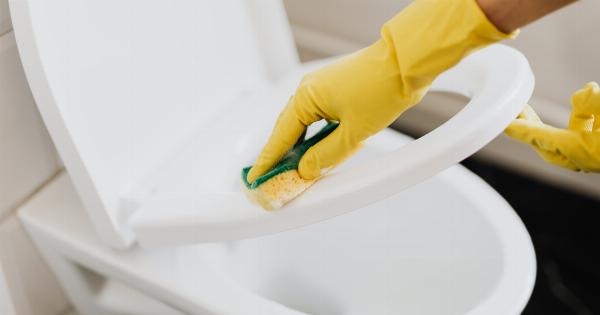Dish sponges are essential kitchen tools. They make cleaning dishes, cookware, and utensils a breeze.
However, have you ever thought about how dirty your sponge can get after just a few days of use? Research has shown that kitchen sponges carry an enormous number of germs and bacteria, including E. coli and Salmonella.
While it might be tempting to throw out your sponge every few days and replace it with a new one, this is not only wasteful but also expensive. The good news is that there are easy and effective ways to clean your dish sponge and keep it germ-free.
Why is it important to clean your dish sponge?
Before diving into the ways to clean your dish sponge, it is important to understand why regular cleaning is essential. As mentioned earlier, dish sponges can harbor harmful germs and bacteria, making them a potential source of foodborne illness.
Using a dirty sponge to clean your dishes may spread these germs onto your dishes, utensils, and countertops.
Furthermore, a dirty sponge can also emit unpleasant odors and can become a breeding ground for mold, which can cause allergic reactions and respiratory problems, especially for those with asthma.
Keeping your dish sponge clean is not only essential for your health but also for improving the longevity of your sponge. A clean sponge ensures that it is effective in cleaning your pots, pans, and dishes, which can save you money in the long run.
Effective ways to clean your dish sponge
There are several ways you can clean your dish sponge to keep it germ-free. Here are some of the ultimate ways to clean your dish sponge:.
1. Microwave your sponge
One of the best and easiest ways to kill germs and bacteria in your dish sponge is to zap it in the microwave. Microwave the sponge on high for one minute, and you will kill most, if not all, of the bacteria in it.
Be sure that your sponge is damp before microwaving it. This will prevent it from catching fire or getting damaged.
2. Soak your sponge in bleach and water solution
Bleach is a powerful disinfectant that can kill germs and bacteria almost instantly. To soak your sponge in bleach solution, mix ¾ cups of bleach in one gallon of water.
Soak your sponge in the solution for 5-10 minutes, then rinse it thoroughly with water. Be sure to dilute the bleach, or it might harm your sponge or leave a residue on it.
3. Use hot water and dish soap
Another easy way to clean your dish sponge is to use hot water and dish soap. Simply soak your sponge in hot, soapy water for 5-10 minutes, then rinse it thoroughly. This method is effective in removing food particles and grease from your sponge.
4. Soak your sponge in vinegar and water solution
Vinegar is a natural disinfectant that can help kill germs and bacteria in your sponge. To create a vinegar solution, mix equal parts of water and vinegar in a bowl. Soak your sponge in the solution for about an hour, then rinse it thoroughly with water.
Be sure to wring your sponge dry after rinsing it.
5. Soak your sponge in hydrogen peroxide solution
Hydrogen peroxide is an effective disinfectant that can help kill germs and bacteria in your dish sponge. To soak your sponge in hydrogen peroxide solution, mix equal parts of water and 3% hydrogen peroxide in a bowl.
Soak your sponge in the solution for 5-10 minutes, then rinse it thoroughly with water.
6. Put your sponge in the dishwasher
You can also clean your dish sponge by putting it in the dishwasher. Simply place your sponge in the silverware compartment of your dishwasher and run it on the hottest cycle.
You can also add a little dish soap to your dishwasher to ensure that your sponge is thoroughly cleaned.
7. Use a sponge holder or caddy
After using your dish sponge, be sure to store it properly. A wet sponge left on a countertop can become a breeding ground for bacteria and mold. Instead, use a sponge holder or caddy to store your sponge.
This will allow for proper ventilation and will help your sponge dry faster.
8. Replace your sponge regularly
While cleaning your dish sponge regularly can prolong its life, there comes a time when it needs to be replaced.
If you notice that your sponge smells bad or has visible signs of wear and tear, it might be time to toss it out and replace it with a new one. Experts recommend replacing your dish sponge every 2-4 weeks, depending on how frequently you use it.
9. Avoid using your sponge to clean certain things
While your dish sponge might be effective in cleaning your dishes and utensils, certain surfaces should not be cleaned with a sponge.
For example, cutting boards should be cleaned with a separate brush or cloth instead of a sponge to prevent cross-contamination. Furthermore, avoid using your sponge to clean raw meat, as this can spread harmful bacteria to other surfaces.
10. Use disposable wipes for certain tasks
If you are concerned about using a sponge to clean certain surfaces, consider using disposable wipes instead. These can be useful in cleaning areas that are prone to bacteria, such as the bathroom or kitchen countertops.
Be sure to dispose of the wipes properly after use.
Conclusion
Cleaning your dish sponge regularly is essential for maintaining good hygiene in your kitchen and for preventing the spread of harmful germs and bacteria.
By using one or more of the methods mentioned above, you can keep your dish sponge germ-free and prolong its life. Remember to replace your sponge regularly and avoid using it to clean certain surfaces to prevent cross-contamination.
